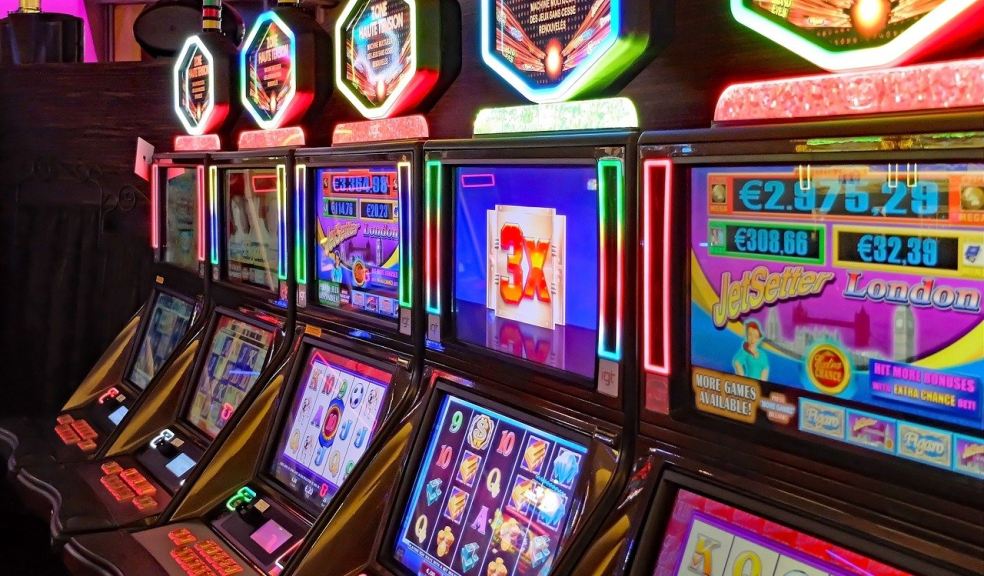The world of slot casinos has undergone a remarkable transformation over the decades, evolving from simple mechanical machines to sophisticated digital platforms that captivate millions of players worldwide. This journey reflects not only technological advancements but also changes in player preferences and the broader gaming industry. Let’s delve into the fascinating evolution of awal slot casinos, exploring how they have become a staple of modern entertainment.
The Mechanical Beginnings
The origins of slot casinos can be traced back to the late 19th century when the first mechanical slot machine, the Liberty Bell, was invented by Charles Fey in 1895. This groundbreaking machine featured three spinning reels and five symbols: horseshoes, diamonds, spades, hearts, and the Liberty Bell. The simplicity of its design and the excitement of potentially winning coins directly from the machine made it an instant hit.
These early machines were purely mechanical, relying on gears and springs to operate. Players would pull a lever, which earned them the nickname “one-armed bandits,” and the reels would spin. If the reels aligned to form a winning combination, coins would be dispensed automatically. This straightforward yet thrilling gameplay laid the foundation for the slot machine’s enduring popularity.
The Electromechanical Era
The next significant leap in slot machine technology came in the 1960s with the advent of electromechanical slots. These machines combined mechanical elements with electrical components, allowing for more complex features and gameplay. Bally Technologies’ Money Honey, introduced in 1964, was the first fully electromechanical slot machine. It featured a bottomless hopper and an automatic payout mechanism, capable of dispensing up to 500 coins without manual intervention.
Electromechanical slots paved the way for the inclusion of new features such as flashing lights, sounds, and multiple paylines. These enhancements made the games more engaging and visually appealing, attracting a wider audience to the casino floors.
The Digital Revolution
The 1970s and 1980s witnessed another major shift with the introduction of video slots. These machines replaced physical reels with virtual ones displayed on a screen, allowing for even more creative and diverse game designs. The first video slot, Fortune Coin, was developed by Fortune Coin Co. in 1976 and quickly gained popularity in Las Vegas.
Video slots offered unprecedented flexibility in terms of themes, graphics, and bonus features. Developers could now incorporate intricate storylines, interactive bonus rounds, and high-quality animations, making each game unique and immersive. This era also saw the rise of progressive jackpots, where multiple machines were linked to offer massive payouts, further enhancing the allure of slot casinos.
The Online Casino Boom
The late 1990s marked the beginning of the online casino revolution, bringing slot games to the digital realm. Online casinos offered players the convenience of playing from home, with an ever-growing library of slot games at their fingertips. Software providers like Microgaming and NetEnt emerged as pioneers, creating a wide variety of online slots with innovative features and stunning graphics.
The transition to online platforms also introduced the concept of random number generators (RNGs), ensuring fair and unpredictable outcomes for each spin. This technology reassured players of the games’ integrity and contributed to the rapid growth of the online slot industry.
The Mobile Gaming Era
The advent of smartphones and tablets in the 2010s further transformed the slot casino landscape. Mobile gaming allowed players to enjoy their favorite slot games on the go, anytime and anywhere. Game developers optimized their creations for mobile devices, ensuring seamless gameplay and responsive controls.
Mobile slots often come with touch-based interactions, enhancing the overall experience. Additionally, the integration of social features, such as leaderboards and multiplayer modes, added a new layer of competition and community engagement.
The Future of Slot Casinos
As technology continues to evolve, the future of slot casinos looks incredibly promising. Virtual reality (VR) and augmented reality (AR) are poised to revolutionize the gaming experience, offering immersive environments where players can interact with the game world in unprecedented ways. Imagine walking through a virtual casino, pulling the lever of a slot machine, and experiencing the thrill of winning in a fully immersive 3D space.


